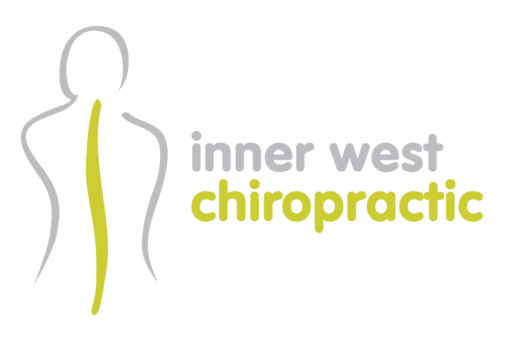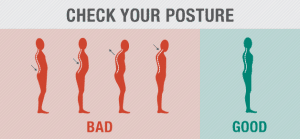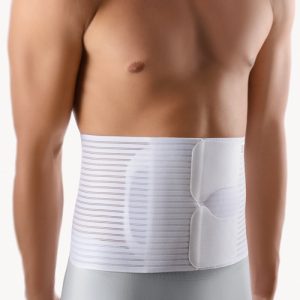Sciatica is a condition where the nerves in the lower back become agitated due to inflammation, arthritis, bulging discs, or other problems that cause pain, numbness, and tingling to radiate down one or both legs.
This condition is extremely painful and can leave a person unable to function well or even need the assistance of a cane in order to move around.
If you are one of those people I feel for you, I have been there and there are ways that you can help support your back and relieve your sciatica pain.
10 ways to Outsmart Sciatica
1. Strengthen your core, abs, and torso muscles
In order to support the rest of your body, you need a strong and stable core. Doing simple exercises, stretches, and even yoga can greatly impact the strength of your core.
2. Change Up Your Routines
Repetitive movements can actually weaken our muscles putting more strain on our lower back and cause more sciatic pain. Go for a walk, use pillows differently, carry your bag on a different shoulder or sit in a different position.
Try new things and keep changing up your routine in order to keep yourself young and active both physically and mentally. This one is especially hard because we are creatures of habit. We have the exact way we like to do things and often keep repeating those things year after year.
Breaking up the old patterns and trying something new, like yoga or philates can make a huge difference.
This one can be another of those bad habits that can add up over time. When we are tired after a long day it is hard to sit up straight, keep our feet on the floor, and make sure our computers and cell phones are at the proper height.
Looking down at our phones causes all kinds of back, neck, and core issues that we need to avoid at all costs. Next time you catch yourself slumping forward take a deep breath and open up your chest. Point the top of your head toward the sky and visualize a rod going down your spine. Also, make sure your shoulders and hips are balanced and equal.
Just remember that sometimes it takes time to build up the muscles for good posture and you may be sore in the beginning.
4. Stretching
Stretching is incredibly important for keeping everything loose and prevent over-straining. When we bend forward our waist can only bend around 60%, so if we need to bend more than that our hips will have to pivot forward in order to compensate for it. If our hamstring muscles on the back of the thigh are tight then we risk overstraining our back. Try massaging, stretching, and use a roller to really take care of your legs so that they can support your back and reduce sciatica.
5. Lift correctly 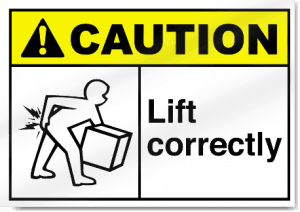
When we lift objects, be it a gallon of water or a large box we have to make sure we are caring for our back. Just by being at the wrong angle when we lift can cause years of damage and can even leave behind scar tissue that is painful and hard to overcome.
Prevention is the key when it comes to lifting. If you are lifting something heavy use a tool or dolly. Make sure you have a solid stance and lift with your legs instead of your back. Do not bend forward at the waist and then pick something up. Even if the object is light it will all add up by the time it gets to your back and you could strain something.
When in doubt, ask for help, many hands makes light work.
6. Take time to Relax 
One of the biggest things that helped me deal with my constant sciatica pain was de-stressing. I know this sounds unrelated at first but stress causes acidity in the body which leads to inflammation and then more pain.
So one of the best things you can do for your pain is to take a deep breath, practice some meditation, take a nice bubble bath, read a book, learn some tools for managing time and stress, and take care of yourself.
Sometimes we feel like we are carrying the weight of the world on our back and it can actually make our bodies hurt. Take some extra time for yourself and ask for help if you need a break.
7. Lighten your load
If you have to carry a bag or backpack then take some time to lighten your load. Do you need to lug around all of these things?
If you find that you have a lot to carry then try getting a more back friendly bag or backpack. Switch shoulders frequently and even take breaks if you need to in order to give your back a break.
8. Wear the right shoes and use orthotics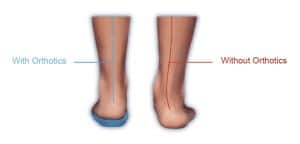
When it comes to supporting your back you have got to make sure you are wearing the right shoes. Getting some arch supports or another shoe insert can also make a huge difference on your back and posture.
Every time you take a step the impact from your foot travels up your leg and right into the base of your spine. When you take the time to get a slightly better quality orthopedic shoe you will notice a big difference in how you feel.
This is also why we need to minimize wearing shoes that do not support our back such as high heels and flip flops. Save those shoes for special occasions and pamper your feet a bit.
9. Wear an abdominal binder
Wearing a back brace or abdominal binder can be a good idea especially if you are going to be doing anything physical such as working out in the yard. It can help prevent injury and lend support to your back and joints.
It is important to not wear one of these all the time as it can weaken the muscles. Use it for short periods of time while you work on strengthening your core muscles and then keep it only for big projects such as moving or intense physical labor.
10. Pay attention to your exercise routine
When you are exercising, doing yoga, stretching, or cleaning your house pay attention to your body and listen for pain. Though some amount of muscle soreness is typical after exercise it should go away within a few days.
If there are certain moves that hurt then you may need to do some less intense exercise or adaptation moves in order to support and strengthen your body. There is a reason we feel pain and it is to help us from making a situation worse.
Also, remember that things such as air pressure changes in the weather can also cause joint and nerve flare-ups. During these time periods use extreme caution and go easy on your body so that you don’t accidentally make the issue worse.
If you notice that the pain is persistent and or gets worse then check in with your healthcare provider right away.
- original article from www.wisemindhealthybody.com
- Sources- healthyandnaturalworld.com, Dr. Sean Roden
